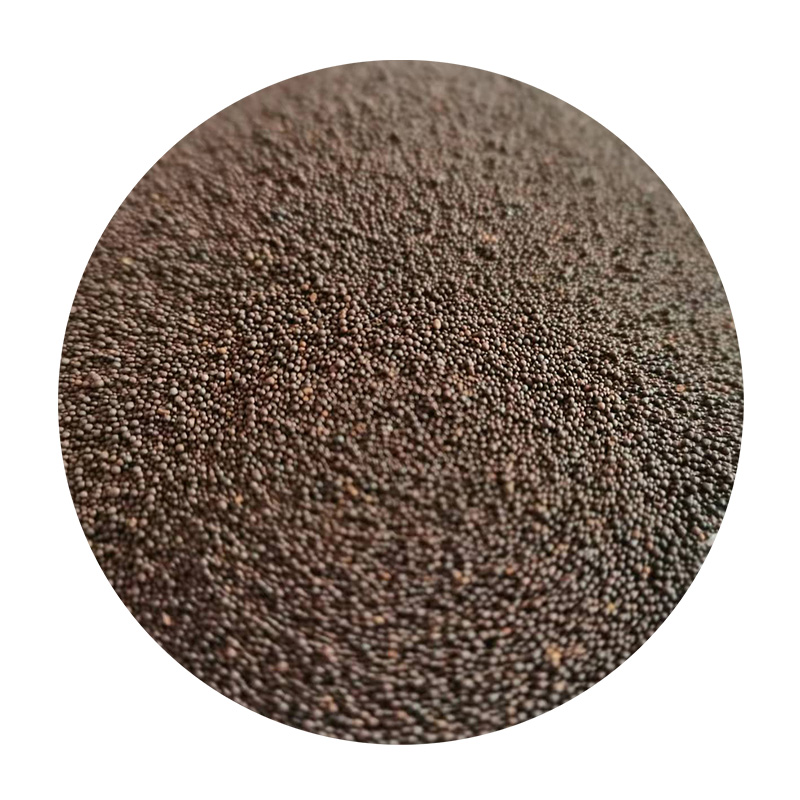Understanding the Role of Sand in Metal Casting
Metal casting is a pivotal process in manufacturing, allowing industries to create intricate shapes that meet their design specifications. One of the most critical components of this process is the sand used in molding. Sand casting, one of the oldest techniques, utilizes a mixture of sand and a bonding agent to form molds into which molten metal is poured. The quality of the sand directly impacts the outcome of the final product, making it essential to understand its composition and properties.
Types of Sand Used in Metal Casting
The most commonly used sand in casting is silica sand, known for its high melting point and excellent thermal conductivity. The primary ingredient, silicon dioxide (SiO2), provides strength and stability when mixed with a bonding agent. Variants of silica sand, such as olivine sand and zircon sand, are also utilized for specific applications. Olivine sand, which consists of magnesium iron silicate, offers good refractoriness and less expansion during heating, making it suitable for high-temperature applications. Zircon sand, with its low thermal expansion and high strength, is often used for precision casting applications where dimensional accuracy is crucial.
Properties of Casting Sand
In metal casting, the properties of sand are essential in forming molds that can withstand the intense heat of molten metals. Key characteristics include grain size, shape, and distribution. Finer grains create smoother surfaces but may lead to difficulties in mold permeability, while coarser grains provide greater strength but can lead to surface imperfections. Ideally, a balance between fine and coarse grains is sought to optimize both surface finish and mold integrity.
Another important property is the ability of the sand to resist deformation under heat and pressure. This is particularly relevant when pouring metals into the mold. Sands with high refractoriness fail less frequently under thermal stress, ensuring that the castings maintain their intended shapes.
metal casting sand

Moisture Content and Bonding Agents
The moisture content and bonding agents used in sand casting also play a significant role. Most sand molds use a mixture of sand, clay, and water, which creates a malleable mixture that can hold its shape. Clay particles serve as the bonding agent, creating a strong adhesive when mixed with water. As water evaporates during the pouring of molten metal, the mold solidifies around the casting. It is crucial to maintain the right moisture balance, as excess moisture can lead to steam explosions, while too little can result in poor mold strength.
Environmental Considerations
With advancements in technology, there is a growing emphasis on sustainability in the metal casting industry. Traditional casting sands can be reused multiple times, reducing waste and minimizing the environmental impact. Additionally, some manufacturers are now exploring alternative materials, such as recycled sands and eco-friendly binding agents, to further lessen their ecological footprint.
Conclusion
The choice of sand in metal casting is not merely a technical requirement; it is a determinant of the casting’s success. Understanding the different types of sands, their properties, and the impact of moisture content allows manufacturers to produce high-quality castings that meet industry standards. As the industry moves towards more sustainable practices, innovations in sand casting will continue to evolve, ensuring that metal casting can thrive while minimizing harm to the environment. The future of metal casting holds great promise, and the sand that serves as its foundation will play a critical role in shaping that future.
Post time:des . 17, 2024 20:31
Next:sand casting price
